Coin Spot Tree Fern
Cyathea cooperi is an Australian native Tree Fern, and one of it's common names is the Coin Spot Tree Fern. This is because of the marks left on the trunk of the plant after the fern fronds have dropped off. This is a large plant, growing up to around 6 metres high or more in sheltered, frost-free locations such as forests. it does'nt mind growing in full sun as long as it's roots are kept moist and well-drained, but it will also grow in shaded places. A few of these planted together create a tropical feel in the garden with their elegant long fronds creating a shady canopy. They are common in the Sydney area. These ones were growing in a harbourside reserve.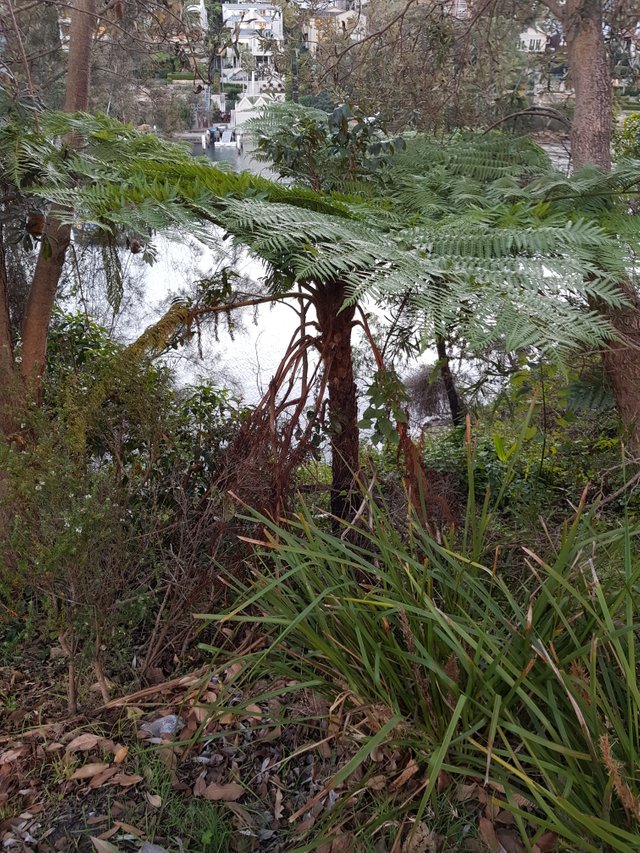
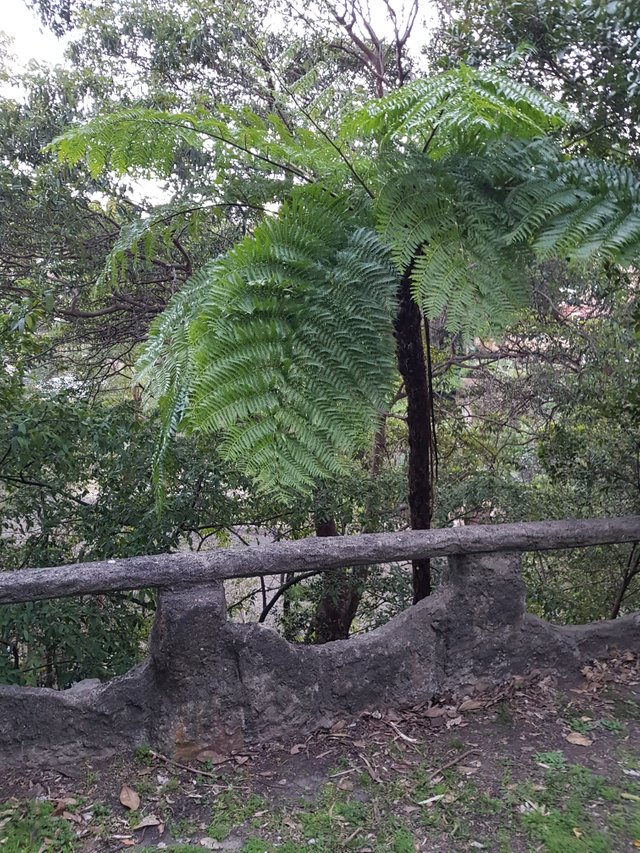
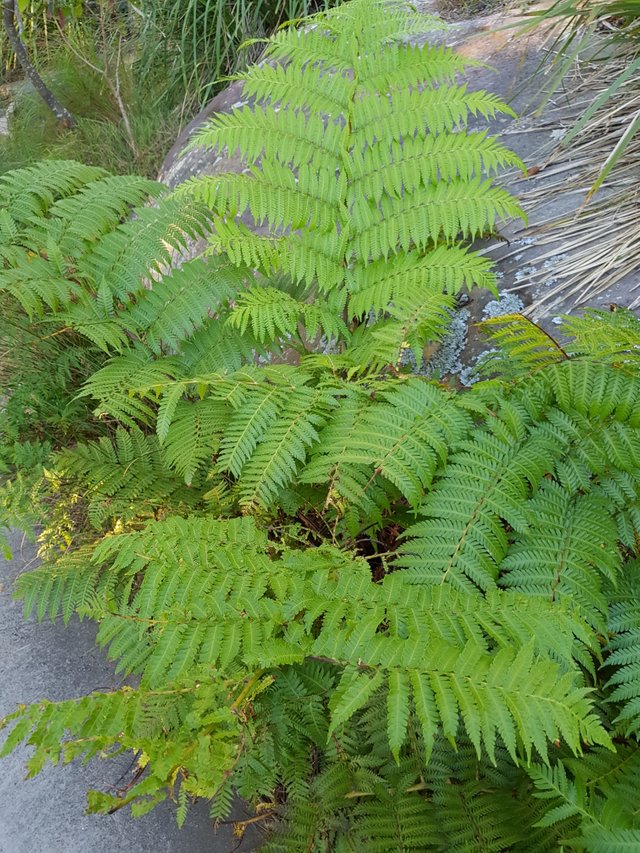
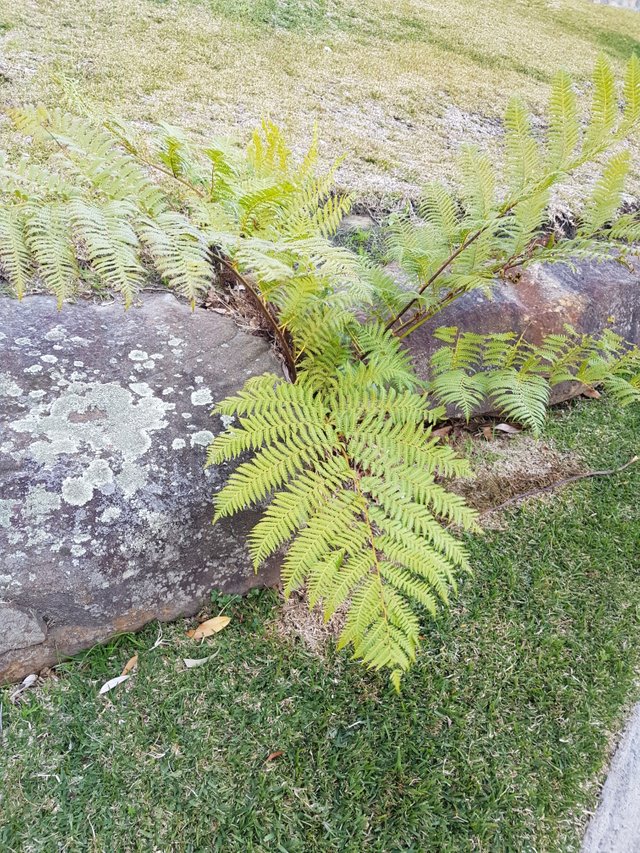
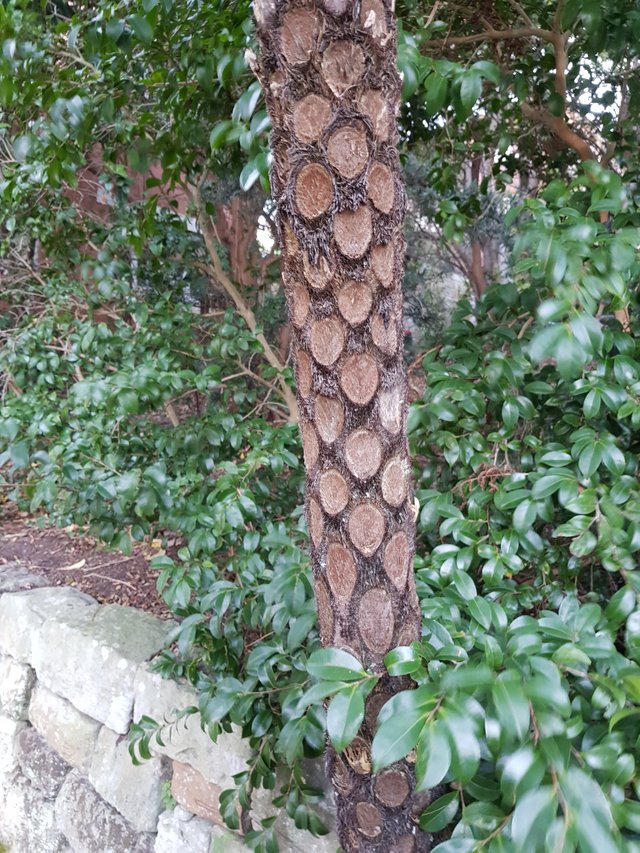
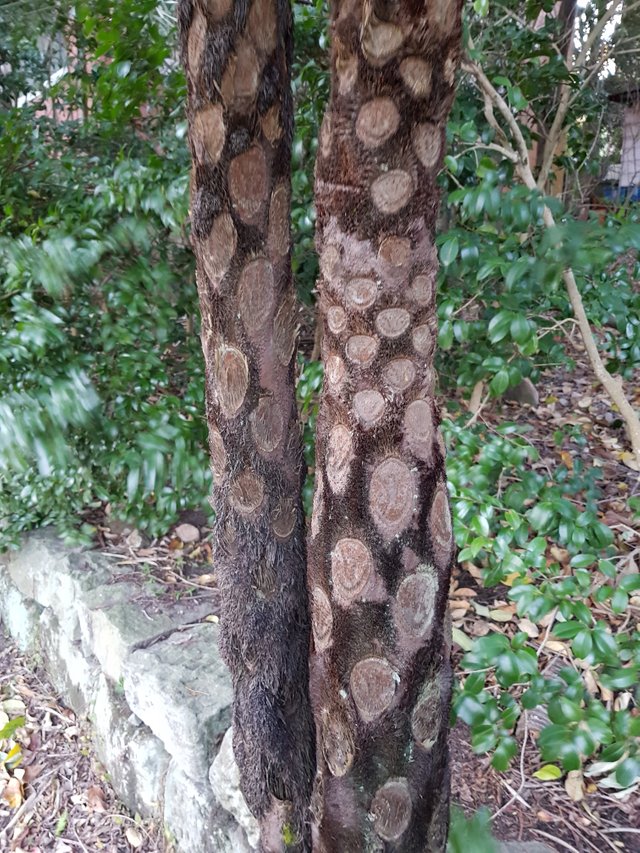
(Wonderful work sir)-:oin spot tree fern (Cyathea cooperi), sometimes called lacy tree fern, is a fast-growing, semi-hardy species of tree fern native to Australia. The fern thrives in the cool, moist environments found in Sunset's Climate Zones 15 to 24, where it will reach an ultimate height of 20 feet under ideal conditions. Coin spot tree ferns require little care once established if humidity is high and the soil is moist and rich. The ferns are somewhat susceptible to cold damage if temperatures drop below 20 degrees Fahrenheit, so it is best to grow them in a sheltered spot.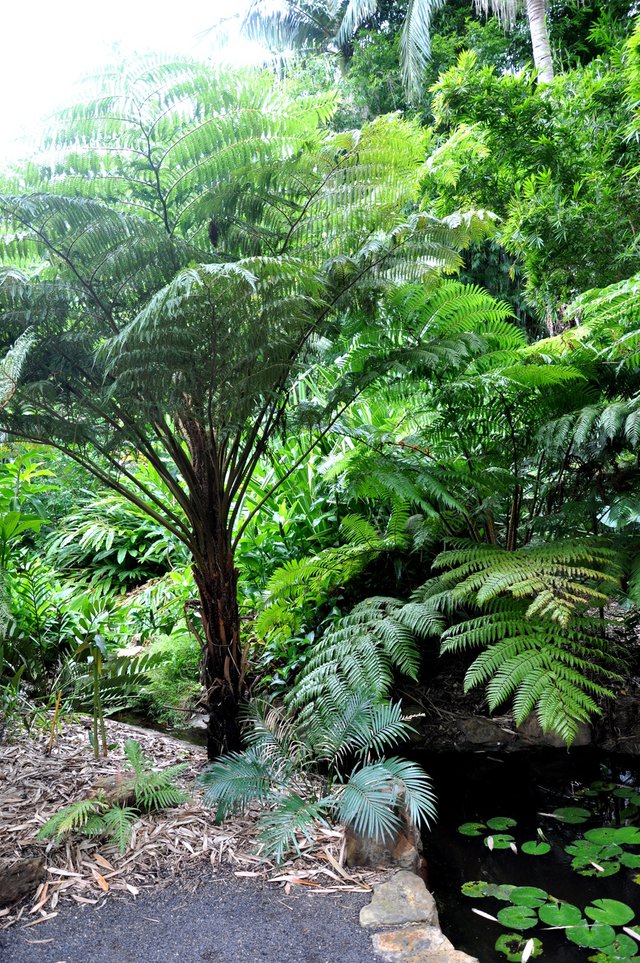


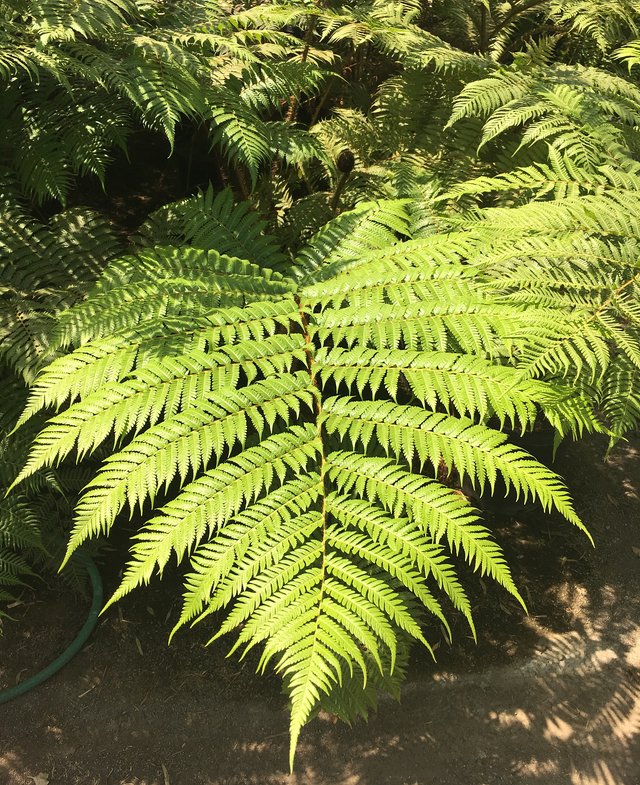
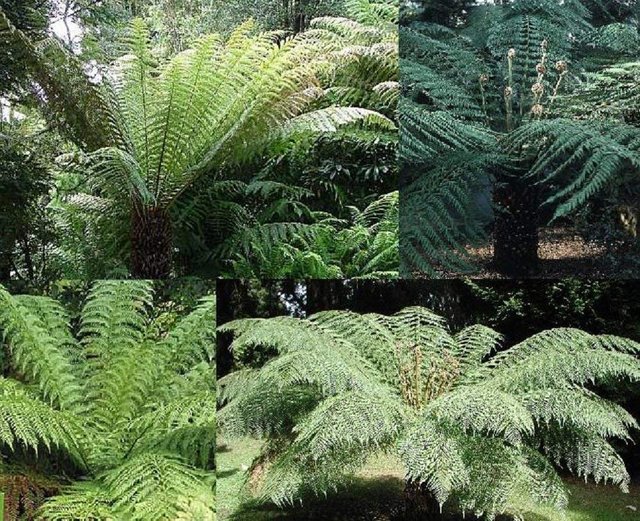
Water coin spot tree ferns deeply and regularly. Trickle a garden hose at the base of the plant for 10 to 15 minutes every seven to 10 days. Increase water to once every three to five days during periods of hot, dry weather.
Mist the foliage and trunk daily during the summer to keep it from turning brown. Use a garden hose with a mist nozzle. Spray mist into the air above the tree fern and let it rain down. Pay special attention to new, young fronds because they dry out easily.
Prune off and discard damaged, dry or dead fronds. Snip the frond off at its point of origin using pruning shears and place it in a green waste can. Do not compost or mulch fronds that have died for unknown reasons because they might harbor bacteria, fungi or other pests. Wear long sleeves when pruning the tree fern, because the hairs on the fronds can irritate the skin.
(Source)-:https://homeguides.sfgate.com/grow-coin-spot-tree-fern-25153.html.
Fav. comment Award !! Nice selection of Pics !
Coir peat is made from the outer husk of the coconut. It absorbs moisture and is great in sandy soils. It is also a waste product that is being put to good use. It also comes from struggling economies like Sri Lanka, that need the economic help. They soak it in water to remove excess salts and then dry it and bail it extremely compacted to efficiently freight.
You simply add water, break it up a bit once it softens, and then it is ready to use. It makes a beautiful mulch on top of the garden, or can be incorporated into the soil like I have done with this fern.
I shoveled the coir it into the hole, planted the fern and put more coir all around it. That should do the trick.
http://gardenworld.com.au/2013/01/10/planting-in-the-fernery-coin-spotted-tree-fern/
Coir peat is made from the outer husk of the coconut. It absorbs moisture and is great in sandy soils. It is also a waste product that is being put to good use. It also comes from struggling economies like Sri Lanka, that need the economic help. They soak it in water to remove excess salts and then dry it and bail it extremely compacted to efficiently freight.
You simply add water, break it up a bit once it softens, and then it is ready to use. It makes a beautiful mulch on top of the garden, or can be incorporated into the soil like I have done with this fern.
http://gardenworld.com.au/2013/01/10/planting-in-the-fernery-coin-spotted-tree-fern/
A beautiful umbrella from the rain. A wonderful tree, captivates from the first sight.
It seems to me that I saw them when I was in Australia, unfortunately my camera and photo cards are already in the container, but as soon as I get to them, I will check :)
Greetings :)
Excellent photos and a majestic plant, my friend and C. cooperi, the Lacy Tree Fern, derives this name from its delicate fronds. It is also known as the Australian Tree Fern as it is one of the most commonly grown Australian tree-ferns.
C. cooperi is quite distinctive from C. australis in that it has a more slender trunk with distinctive "coin spots" where old fronds have broken off the trunk. C. cooperi fronds are bright green and lacy and tend to be very fast growing. There are several major horticultural varieties of this fern including Cyathea ‘Brentwood’ which has paler fronds and scales and C. ‘Robusta’ which tends to be darker in both characters. C. cooperi is the one of the most popular tree ferns, along with Dicksonia antarctica due to its rapid growth form, hardiness and aesthetic appeal.
C. cooperi is naturally found in tropical lowlands, along the coast of Queensland and New South Wales.
Tree-ferns grow best in high humidity and high soil moisture conditions. It is therefore important to use good-quality mulches and to top them up regularly as this will not only keep the soil moist but also provide nutrients to the shallow root system. Tree-ferns usually respond well to organic fertilizers and well-rotted animal manures, C. cooperi especially as it tends to display particularly vigorous growth.
Though a wide range of pests attack ferns they rarely cause significant damage. If outbreaks do occur tree-ferns can be treated with the standard array of organic and non-organic pesticides. It has been found that the use of fertilizers can reduce a tree-ferns susceptibility to attack. Thus by providing adequate food, water and shelter you will be able to grow beautiful and healthy tree-ferns in your own garden!
Thank you @ctrl-alt-nwo
https://www.anbg.gov.au/gnp/interns-2003/cyathea-spp.html